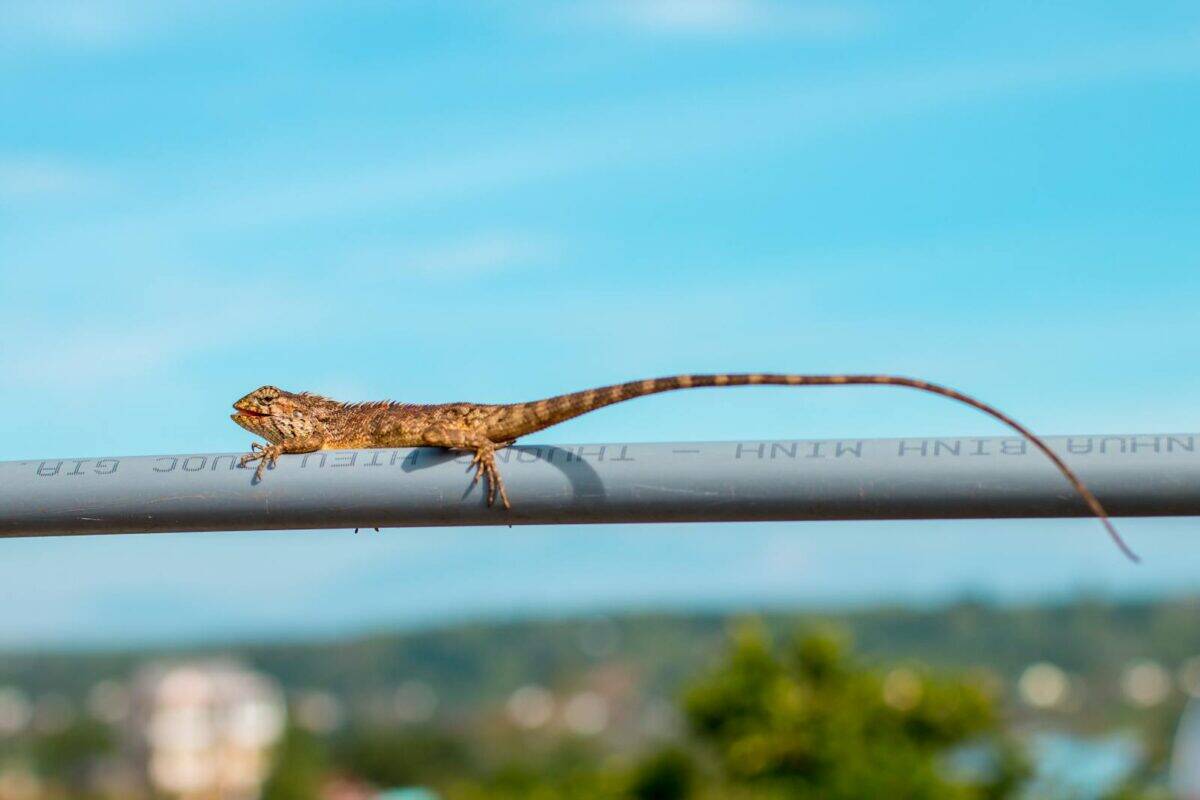Lizards have been fascinating creatures for both scientists and casual observers alike. One of their most intriguing abilities is their capacity to drop their tails when threatened and then regrow them. This phenomenon, while perplexing, is an intriguing survival mechanism that has evolved over millions of years. Understanding this process not only piques scientific curiosity but also provides insights into evolutionary biology and regeneration. In this article, we’ll delve into why some lizards drop their tails, how they manage the regrowth, and what this means for their overall biology.
Survival Instincts in the Wild

In the wild, lizards face a myriad of predators, ranging from birds to mammals and even other reptiles. For many lizard species, the ability to drop their tails—formally known as autotomy—serves as a critical defense mechanism. When a predator grabs a lizard by the tail, the lizard can voluntarily shed a portion of it. This distraction buys the lizard precious time to escape while the dismembered tail continues to twitch, drawing the predator’s attention.
The Biology Behind Tail Autotomy
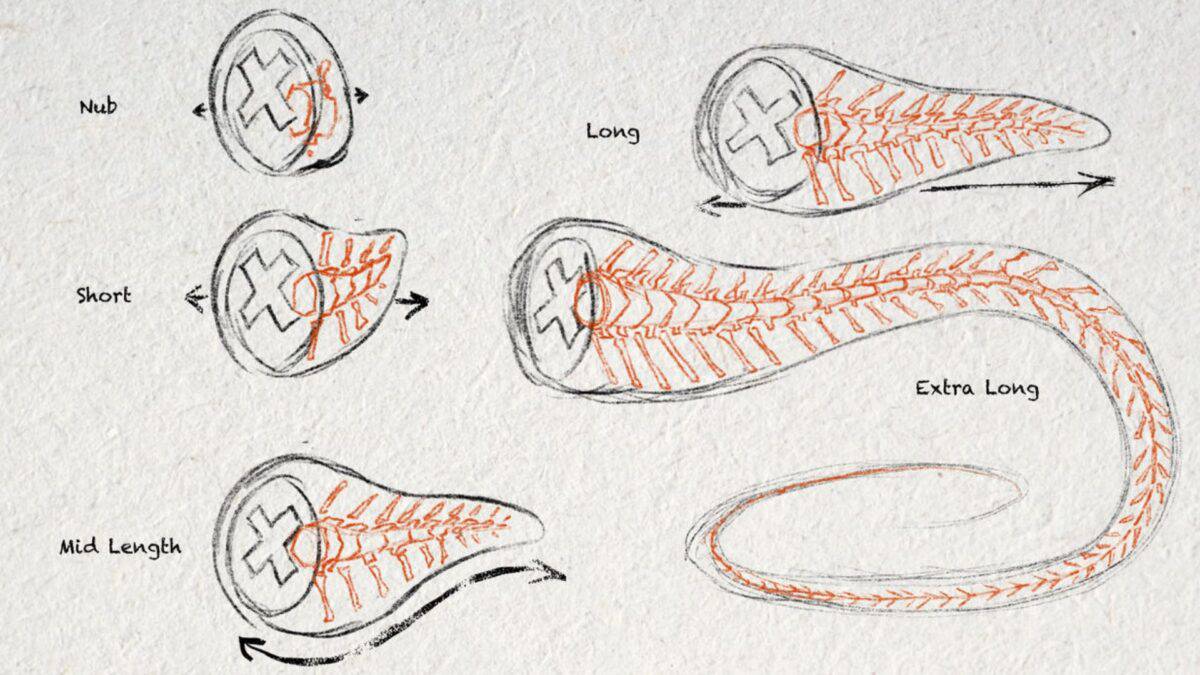
Tail autotomy is made possible by specialized fracture planes within the tail vertebrae. Unlike the rest of the vertebral column, these planes allow a clean break to occur with minimal damage to surrounding tissue. Moreover, muscles, blood vessels, and nerves are structured in a way that facilitates rapid division when the tail is detached, minimizing blood loss and shock to the lizard’s system.
The Regeneration Process Explained
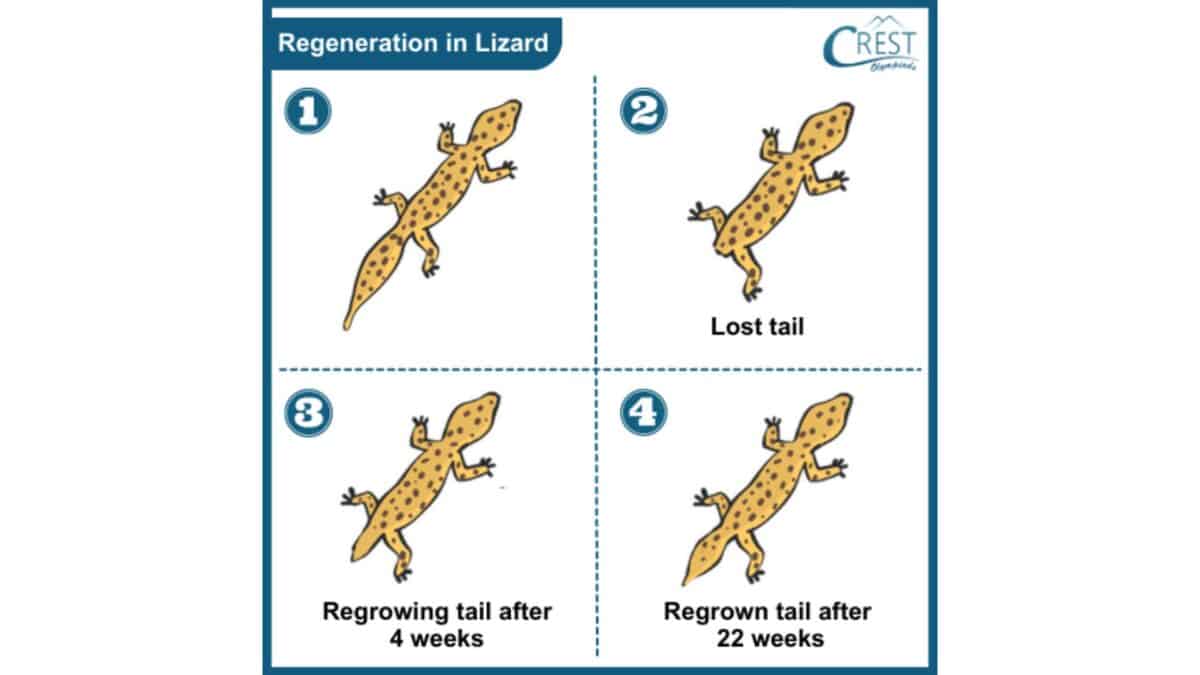
Once a lizard has dropped its tail, an incredible process of regeneration begins. This starts with wound healing, followed by the formation of a blastema—a mass of cells capable of growth and regeneration. Over time, these cells differentiate into tissues that form the new tail. Although the regrown tail may look different in color and form, it often retains full functionality.
Energy Costs of Tail Regeneration

Regrowing a tail requires substantial energy and resources. During this period, lizards may exhibit decreased activity levels to conserve energy. Nutritional needs also increase, as the components needed for tail regeneration—such as protein and calcium—must be replenished. This is especially challenging in environments where food availability is limited.
Impacts on Reproduction and Social Behavior
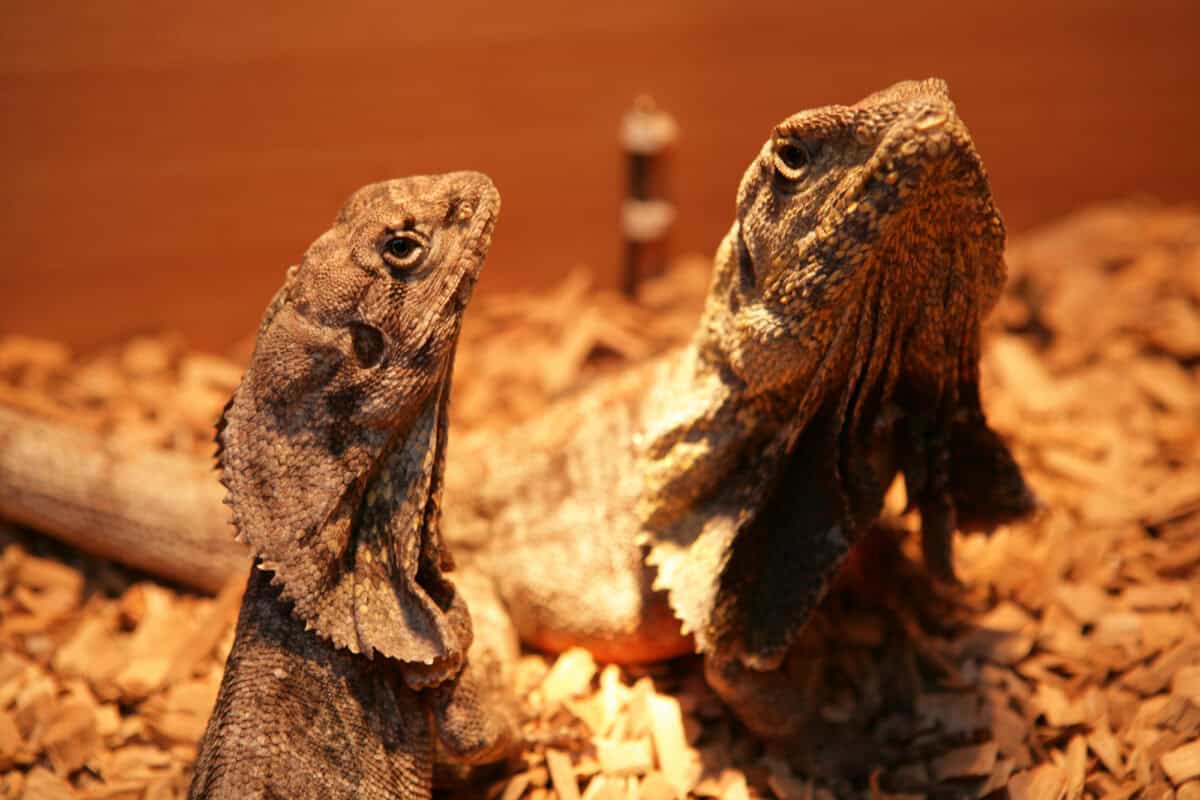
The loss and regeneration of a tail can have social and reproductive consequences. In some species, a lizard’s tail is used in courtship displays, and a missing or shortened tail can disadvantage individuals in attracting mates. Similarly, dominance hierarchies in certain species are influenced by tail size, affecting social interactions within groups.
The Role of the Tail in Balance and Locomotion

Beyond their roles in defense and social signaling, lizard tails are critical for balance and locomotion. The tail acts as a counterbalance, aiding lizards as they dart and leap through their environments. This loss of balance can temporarily impede a lizard’s mobility until its tail is fully regrown.
Species Variations in Tail Autotomy

Not all lizards can autotomize their tails, and among those that can, there is significant variation in the frequency and ease with which this process occurs. For example, geckos and skinks are known for their efficient autotomy, while others like monitors and iguanas lack this ability. This variation is often tied to ecological niches and evolutionary pressures faced by different species.
Historical Evolution of Tail Autotomy

Tail autotomy is a trait that has evolved independently in various lizard lineages throughout history. Fossil records indicate that early reptiles may have practiced tail shedding, suggesting a deep evolutionary advantage to this trait. Understanding these evolutionary paths offers valuable insights into the adaptation strategies of reptiles.
Research Advancements in Regeneration

Scientific research into lizard tail regeneration provides promising avenues for broader biological applications, including human medicine. By studying the cellular and molecular mechanisms involved, researchers aim to uncover secrets of tissue regeneration that could lead to medical breakthroughs in injury recovery and regenerative therapies.
Caring for Pet Lizards
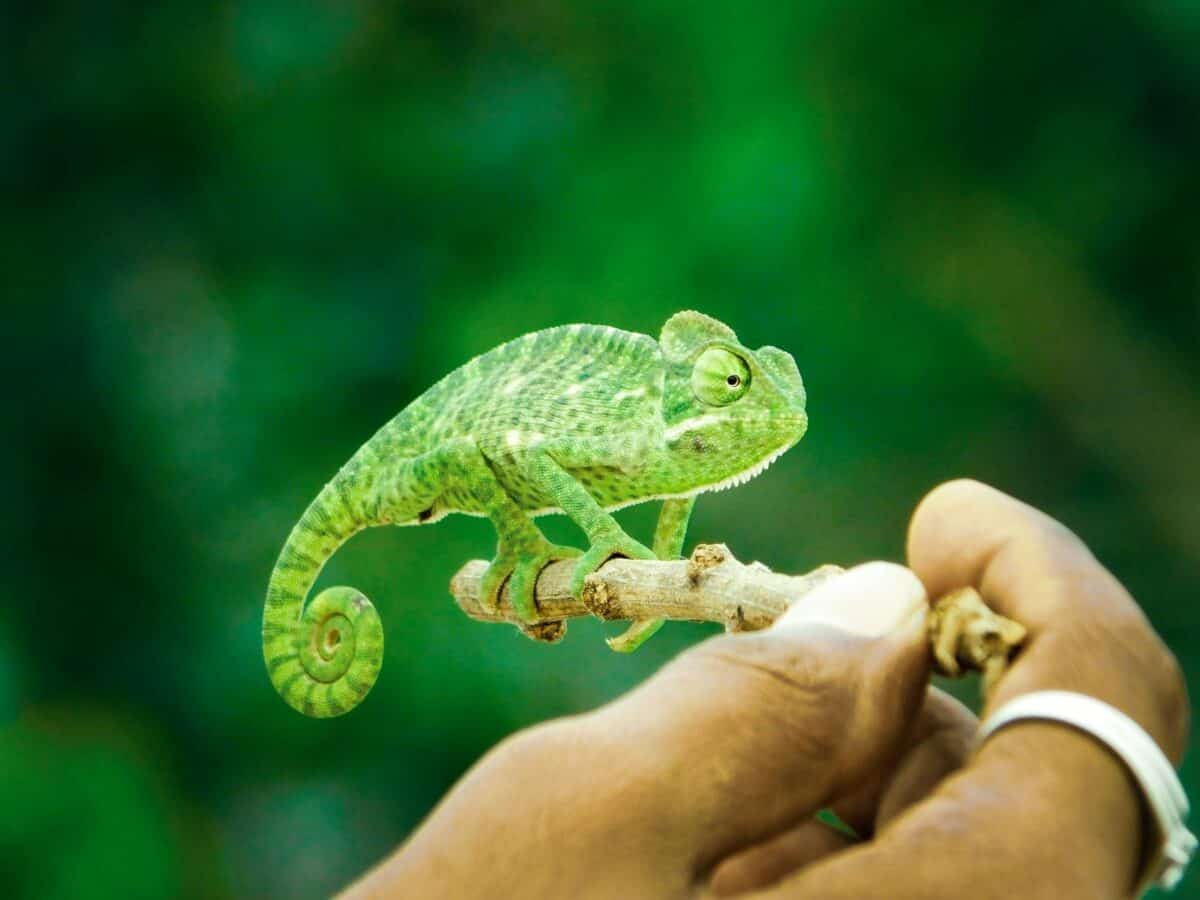
For those who keep lizards as pets, understanding the process of tail autotomy is crucial. It’s important to ensure that pet lizards have a safe and stress-free environment to prevent unnecessary tail loss. Owners should also be prepared to adjust their pet’s diet and habitat conditions to support efficient regeneration should autotomy occur.
Common Misconceptions About Tail Autotomy

Several myths and misconceptions surround the topic of tail autotomy. Some people think that lizards can repeatedly shed and regrow their tails without consequence; however, multiple losses can adversely impact their health and longevity. It’s also false to assume that all lizards can drop their tails—a specificity that underscores the diversity within reptile biology.
Tail autotomy is a remarkable survival adaptation that showcases the incredible resilience and adaptability of lizards. From a defense mechanism against predators to its implications for future scientific research, the ability to drop and regenerate a tail offers a window into the complexities of evolutionary biology. Whether in the wild or as cherished pets, lizards continue to captivate and teach us about the wonders of the natural world.
- America’s Most Endangered Mammals And How to Help - August 9, 2025
- The Coldest Town in America—And How People Survive There - August 9, 2025
- How Some Birds “Steal” Parenting Duties From Others - August 9, 2025

